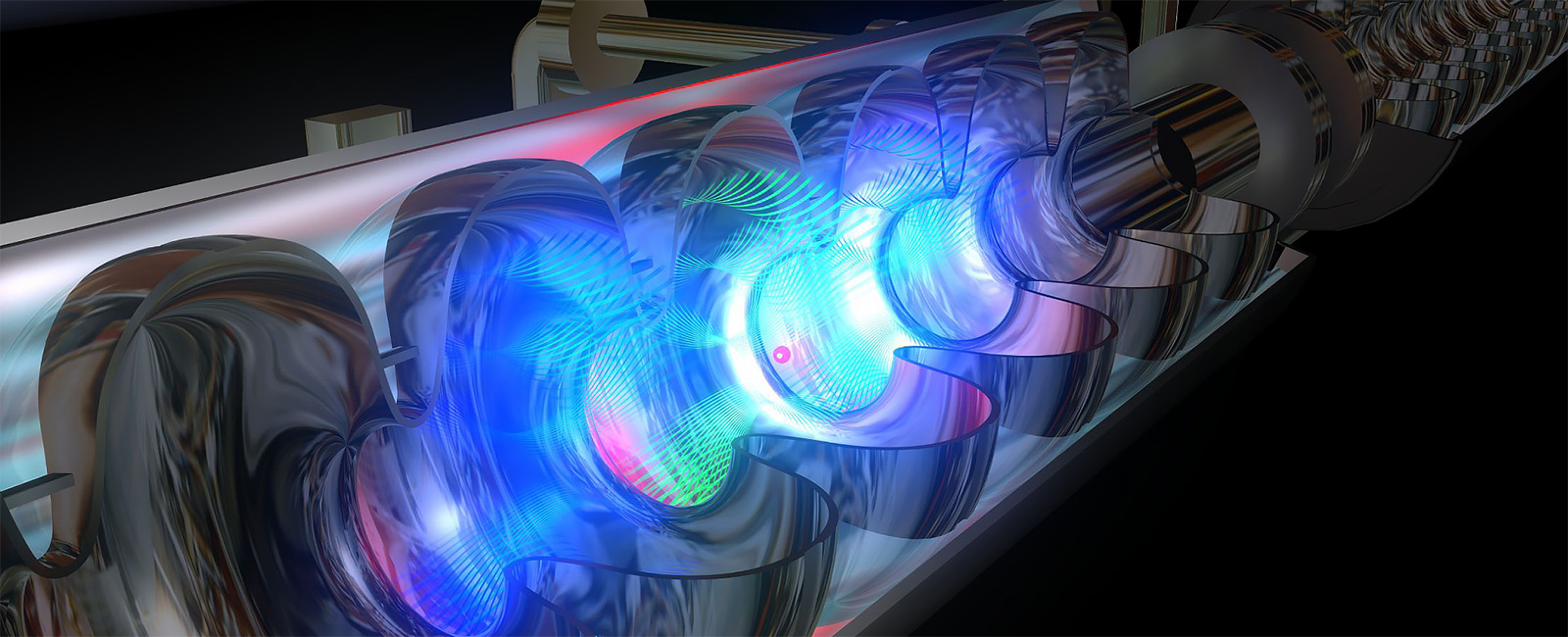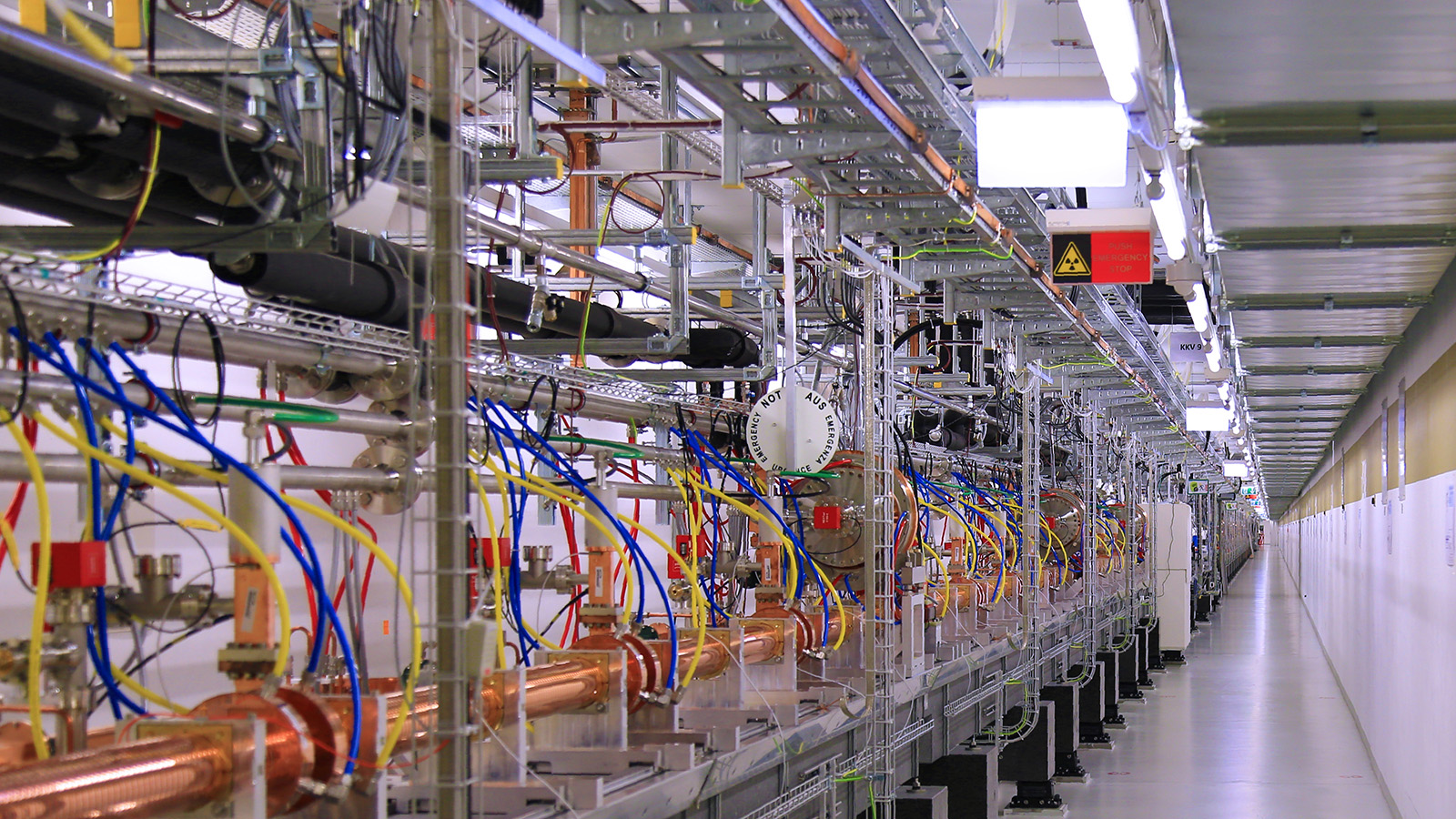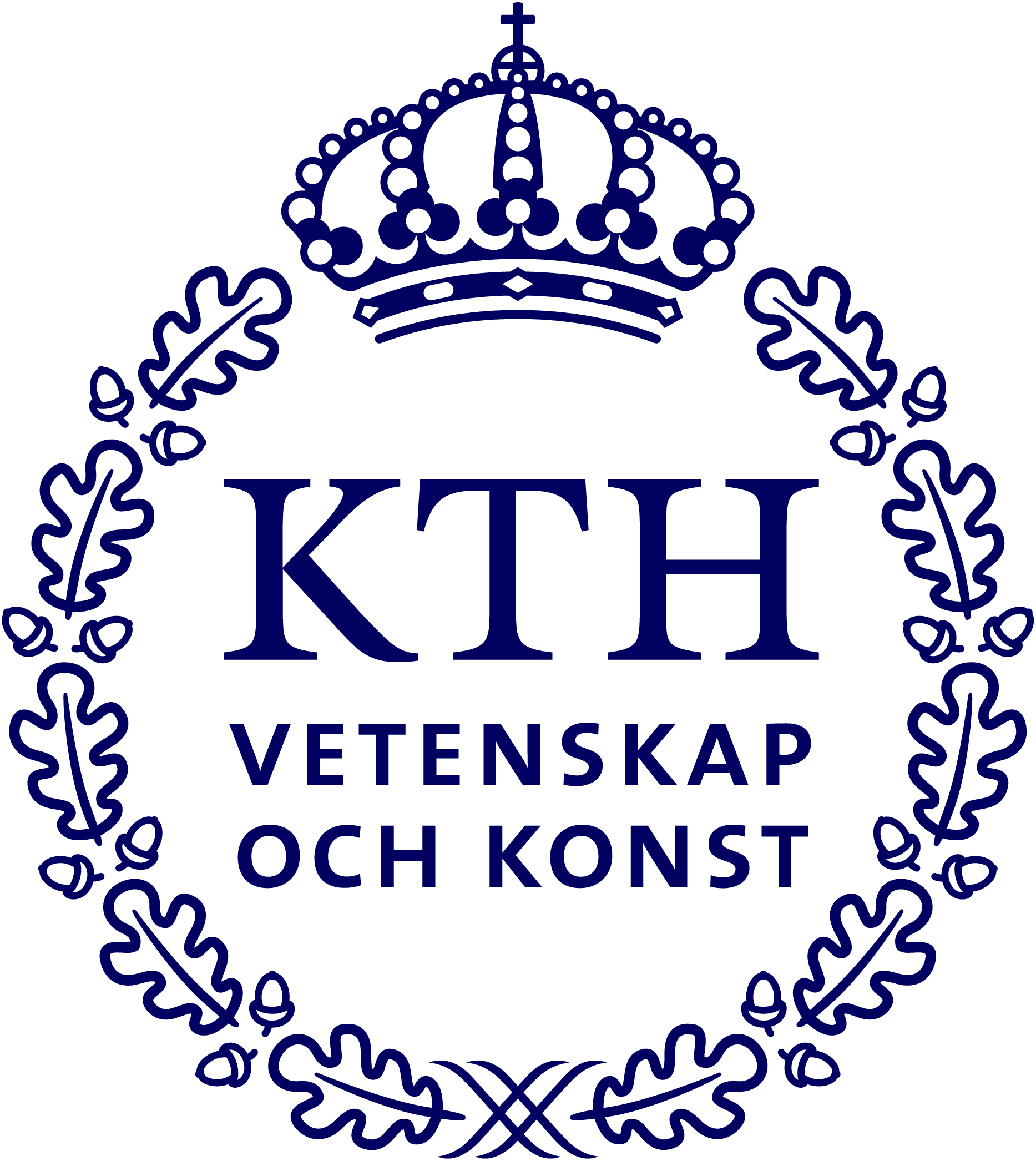Free Electron Laser (FEL)

Free-electron lasers (FELs) generate ultra-intense, femtosecond pulses of coherent X-rays using high-energy electron beams passed through undulators. FELs enable time-resolved studies of ultrafast processes, such as chemical reactions and phase transitions, offering temporal and spatial resolution beyond the capabilities of synchrotrons. FELs are critical in structural biology, ultrafast chemistry, and quantum materials research.
Free-electron lasers (FELs) are advanced light sources that generate extremely bright, ultra-short pulses of coherent X-rays by accelerating high-energy electron beams through alternating magnetic fields (undulators). Unlike synchrotron radiation, which is continuous and broadband, FELs produce femtosecond-scale flashes of highly coherent, tunable radiation with peak brightness many orders of magnitude higher than that of synchrotrons.
Techniques
At FEL facilities, a range of time-resolved and nonlinear X-ray techniques can be performed, including femtosecond X-ray diffraction and spectroscopy, X-ray photon correlation spectroscopy (XPCS), resonant inelastic X-ray scattering (RIXS), and coherent diffractive imaging (CDI). These methods allow researchers to capture ultrafast structural and electronic changes in matter, often in a single shot.
Areas of use
FELs are especially valuable in fields such as ultrafast chemistry, condensed matter physics, materials science, structural biology, and high-energy-density physics. They enable the direct observation of atomic and molecular processes on their natural timescales, such as chemical bond formation or phase transitions. Compared to synchrotron sources, FELs offer significantly higher peak brilliance and time resolution, making them ideal for studying non-equilibrium phenomena and ultrafast dynamics. However, synchrotrons remain more suitable for steady-state measurements and high-throughput experiments due to their continuous beam and broader range of instruments. Together, FELs and synchrotrons offer complementary capabilities for exploring matter across different time and length scales.
Facilities around the world
Several state-of-the-art free-electron laser facilities around the world enable groundbreaking research in ultrafast science. In Europe, the European XFEL in Germany is one of the most powerful FELs, offering high repetition rates and capabilities across a broad X-ray spectrum. The FERMI FEL in Italy focuses on soft X-rays and extreme ultraviolet (EUV) applications with high temporal coherence. In the United States, the Linac Coherent Light Source (LCLS) at SLAC National Accelerator Laboratory was the first hard X-ray FEL and continues to lead with its next-generation upgrade, LCLS-II. Japan’s SACLA (SPring-8 Angstrom Compact Free Electron Laser) delivers extremely short-wavelength X-rays, while South Korea’s PAL-XFEL and China’s SHINE and DCLS are rapidly growing contributors to the global FEL community. These facilities provide unique tools for capturing ultrafast processes in atoms, molecules, and materials with unprecedented precision.
For a list of sources with approximate proposal deadlines and links to external sites, please go to: neutrons.se/RELAX/


